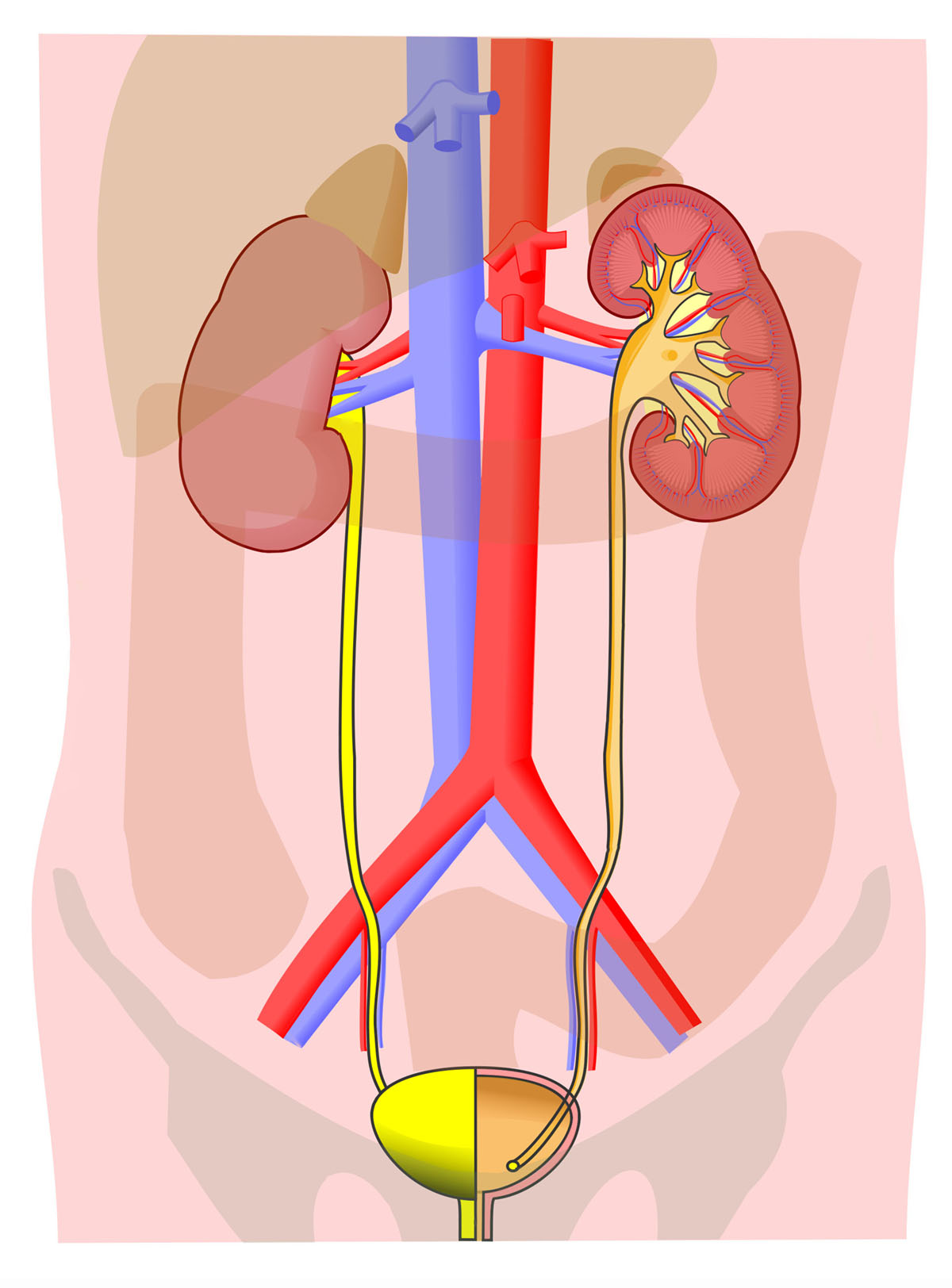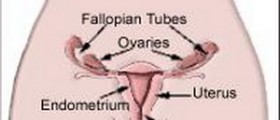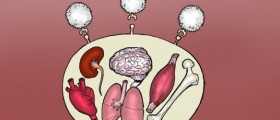
What is Urostomy?
An urostomy is an artificial opening in the abdomen that re-directs the urine from the bladder and allows it to skip the organ being eliminated directly outside the body. The surgery is invasive and performed in certain number of patients basically those with certain conditions affecting the bladder that prevent the organ from collecting the urine and eliminating it via the urethra.
The necessity for urostomy arises from non-functional bladder. The surgery is additionally performed when the bladder is previously surgically removed (cystectomy) usually because of malignant tumors.
Elimination of the urine excreted by the kidneys is achieved via the opening called the stoma. It is an artificial opening usually on the front side of the abdomen. The stoma is pink or red compared to the nearby skin and appears moist and shiny. It may be either round or oval and after some time tends to shrink in size. Since this opening allows the urine to leak and there is no control over the amount eliminated, the person additionally needs a pouch which is attached to the stoma and acts as a reservoir.
There are two types of urostomy, ileal conduct and ureterostomy. The former is a bit more complex compared to the latter. Namely, in ileal conduit the surgeon will use a portion of the small intestine. One end of the taken intestine will be attached to the skin and will from the stoma while the other end is connected to the ureters. The urine excreted by the kidneys leaves these organs via the ureters and then goes through the created ileal conduit eventually being eliminate through the stoma into a pouch. When ureterostomy is performed, the surgeon only relocates the distal part of the ureters i.e. connects these to the wall of the abdomen creating the stoma.
Why is Urostomy Done?
Urostomy is indicated when the bladder gets affected by diseases which cause irreversible damage to the organ and prevent it from collecting the urine. Under normal circumstances the bladder is a reservoir capable of holding between 300 and 350 mL of urine although some individuals may hold up to 600 mL of urine. In some conditions the organ's structure changes in such way so that the bladder can hold only small amounts of urine or may not be able to release it further through the urethra. The organ may also be affected by cancer when infiltration of the bladder makes it less efficient in holding urine. Malignant tumors of the bladder are treated differently and when the bladder is removed the only way to eliminate the urine from the body is by creating an urostoma. Urostomy is additionally performed in people with certain birth defects, those in whom the bladder has been damaged during some surgeries and sometimes individuals with spinal injury.
Even though people with urostomy may initially feel disabled, they eventually learn how to live with their condition and adapt to new circumstances. They are taught how to maintain impeccable hygiene of the urostomy and prevent any potential complications that might arise.
First of all, it is essential to choose the most convenient pouching system. Nurses are of great help when patients learn how to use the pouches and replace these. Initially this is done in the hospital with the assistance of the available medical staff and once the technique is mastered patients do it on their own. When choosing the pouching system one should pay attention to the length and locations of the stoma, abdominal shape and firmness, the patient's height and weight as well as the presence or absence of scars and folds around the stoma. The most frequently chosen pouching systems are those with a good leak-proof seal that last up to 7 days, pouching systems that protect the skin around the stoma and those which are easy to manipulate with. One of the additional characteristics most patients seek is the near invisibility of the pouching system which is basically worn under the clothing and may sometimes stick out (especially when it is full). And finally, since the constant urine flow can easily irritate the nearby skin it is of utmost importance that the chosen pouching system has protective skin barriers. This way the skin will stay dry, irritation will not occur and there will be no associated complications.
There are two basic types of the pouching systems. The first is one-piece pouch which is attached to the skin barrier and the second is the two-piece system which comprises a skin barrier and a pouch that is easily disconnected and can be placed back on the barrier.
All in all, no matter how frightening they may be, urostomies are an integral part of certain treatments and are inevitable in case of certain medical conditions. They do change one's life but with proper care they cause no harm to the body, particularly not to the surrounding skin. Patients in time learn how to maintain hygiene of the stoma, change pouches regularly and have regular check-ups when doctors evaluate the efficacy of the stoma.

















Your thoughts on this
Loading...